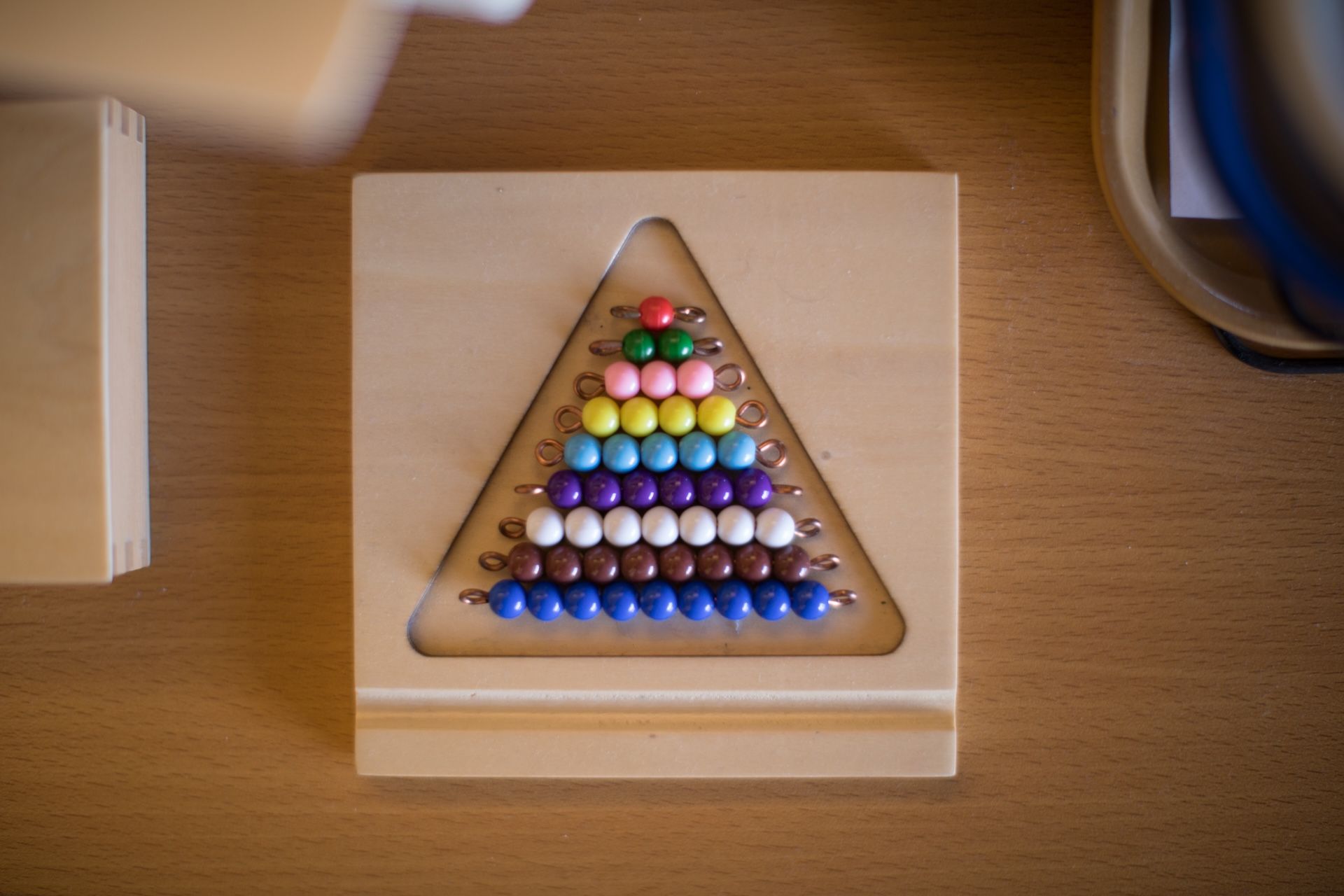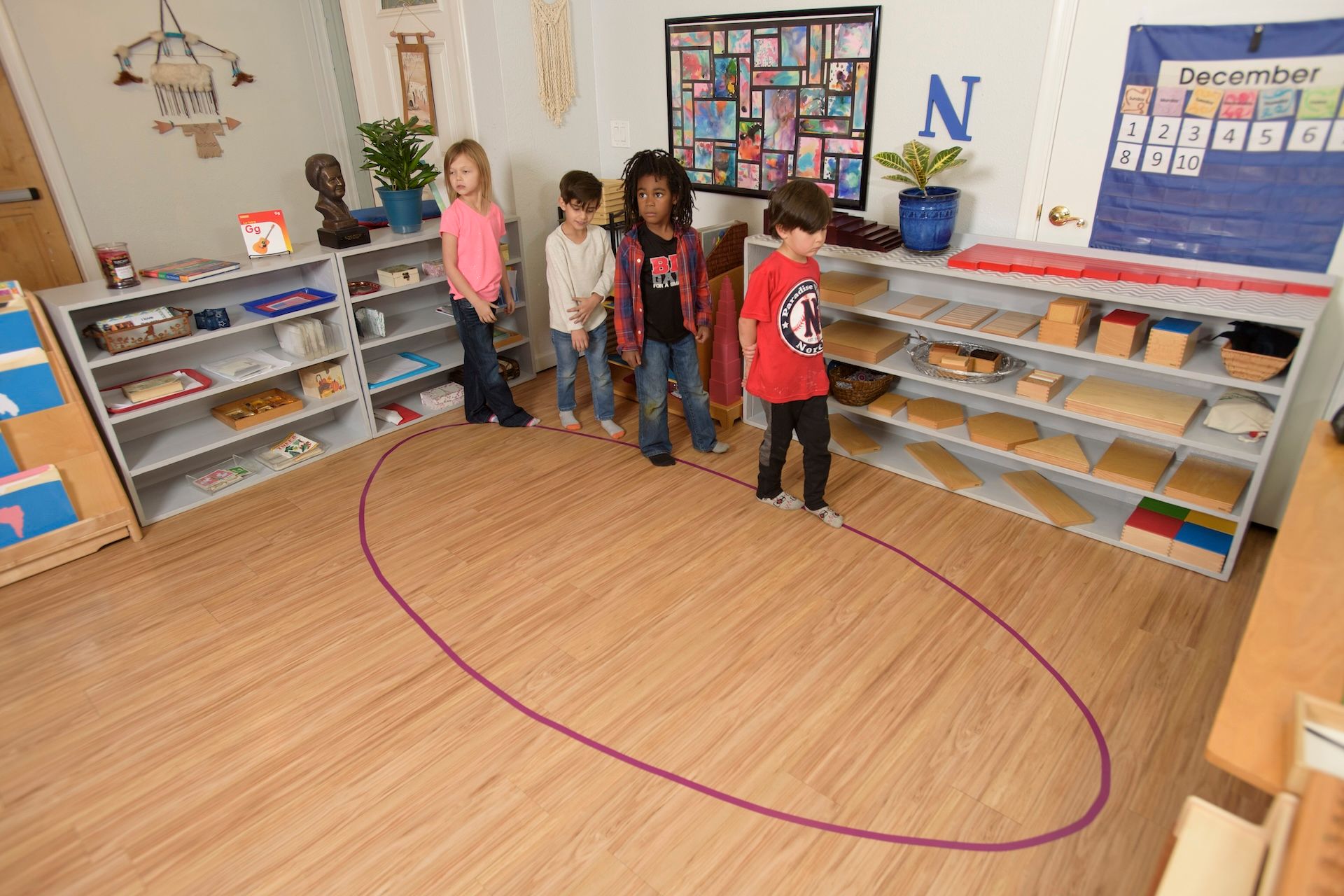A new problem has emerged in the age of technology that educators have been struggling to solve. Programming is a fundamental part of almost every industry, as companies need to do their own development or have custom software installed. But, with the repetitive typing, hours in front of the screen, and endless frustration of debugging, it isn’t exactly how most kids would want to spend their free time. Young children learn best when it feels like they’re playing. Getting interested in technology at a young age is critical to future involvement in STEM fields. How do we bridge the gap between this and what we know about educating children?

Children tend to learn best when they have the opportunity to actually touch something. Most Montessori activities have some aspect of touch, whether they’re handling stones or tracing letters. Having something concrete in front of them makes it easier for children to problem solve. Introducing tangible computing, or systems that apply programming concepts to physical objects, is an increasingly viable option. Google recently introduced a new initiative called Project Bloks, designed to bring the fundamentals of coding to children across the country. Their project was strongly influenced by Dr. Montessori’s research and integrates some ideas from her curriculum in the basics.
Although it’s not the first of its kind, Project Bloks does have a slightly different mission and execution than other tangible computing systems. There are three basic types of “blocks” that connect together to create programs. A “puck” has some kind of control on it, like a switch, and creates signals. A puck sits on top of a base board, which shuttles information to the brain board. This translates the message and creates the program. Only the brain board requires power and can also connect to outside devices. Critically, there are “matching” aspects of each of set of blocks—some have magnetic strips or progressing patterns to guide their assembly. Ultimately, the combinations are limitless and children have the ability to learn by arranging and rearranging the pieces to create new functions.
The software is open so that other developers and designers have the opportunity to create new programs that can be used for an infinite number of possible projects. Unlike traditional programming, these tools encourage kids to collaborate. Tangible computing systems show a great deal of promise as serious educational tools, particularly in a Montessori setting. Kids keep their eyes away from screens while still developing a framework of coding for future education. The goal of these lessons are not for every child to leave elementary school ready to write full-scale software programs. Understanding individual programming languages and those long hours typing away are still necessary to develop that skill set. What these hope to achieve is laying a foundation in the world of abstract thought that guides computer programming. We’re in an age where everyone will need to have basic computer literacy to survive, let alone succeed, in the job market. By introducing all students to the rules and concepts that guide software development, educators hope to stimulate new ways of thinking through programming toys.
The post Learning to Program Through Blocks appeared first on Pebblecreek Montessori.
Hours
MONDAY - FRIDAY
HALF DAY: 8:30a – 12 noon
ACADEMIC DAY: 8:30a – 3:30p
EARLY CARE: 7:00a – 8:30a
AFTER CARE: 3:30p – 6:00p
OFFICE: 8:00a - 4:00p
Programs
Connect
Pebblecreek Montessori




